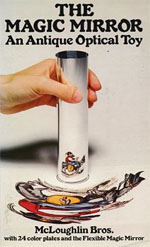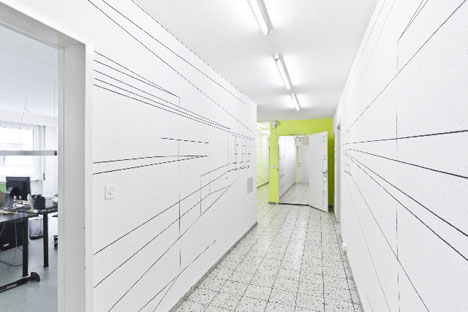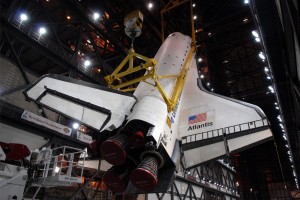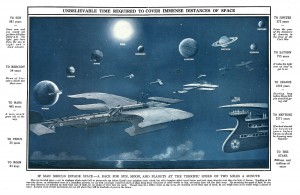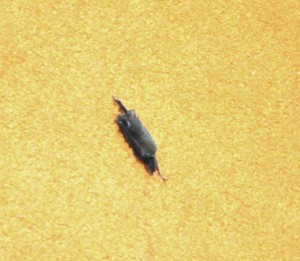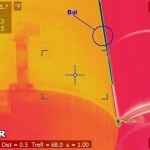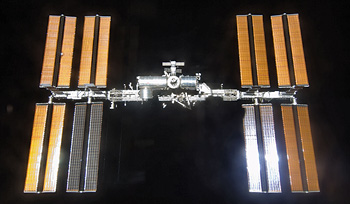 The Greatest Movie Ever Sold (presented by Pom Wonderful) is proof that we have beaten bin Laden. Or at least, provides hope for the future of the American way. Morgan Spurlock (who you might remember from fast-food takedown Super Size Me) faces commercialization and product placement head on, and in exposing it, finds positives. He finds sponsors that understand where he’s going with the film and are fully behind the idea. They’re in on the joke, and that‘s a great selling point. It’s also good for the consumer.
The Greatest Movie Ever Sold (presented by Pom Wonderful) is proof that we have beaten bin Laden. Or at least, provides hope for the future of the American way. Morgan Spurlock (who you might remember from fast-food takedown Super Size Me) faces commercialization and product placement head on, and in exposing it, finds positives. He finds sponsors that understand where he’s going with the film and are fully behind the idea. They’re in on the joke, and that‘s a great selling point. It’s also good for the consumer.
Greatest Movie examines the effects of self-awareness on advertising, and finds the two are not mutually exclusive. This is a good thing. Advertising is not going to disappear any time soon; it has become part of our global culture. And even if it could, would we really want it to? Marketing and advertising are effective methods of disseminating information. What we don’t need is false advertising. The more enlightened companies are – in terms of what goes into making their products and what their customers are looking for – the more progress we can make as a society.
One of the major goals of humanity – of existence, in general – should be to become more self-aware. To explore the boundaries of awareness, as beings in this universe (as part of this universe). How much can we realize about the “now,” the present? How far does our perception extend, and what factors are influencing it, in real time? Continue reading Greatest Universe Ever Sold

